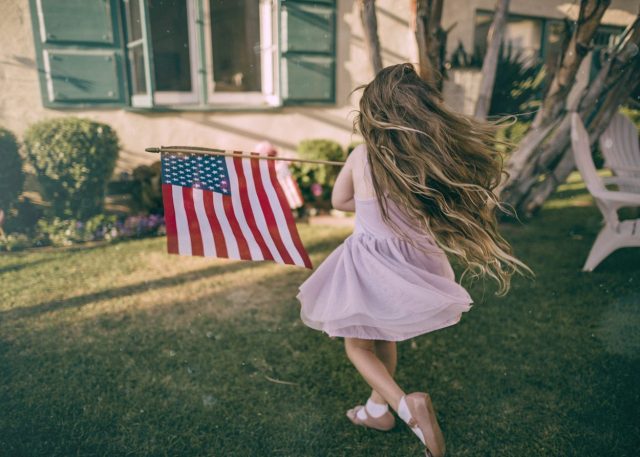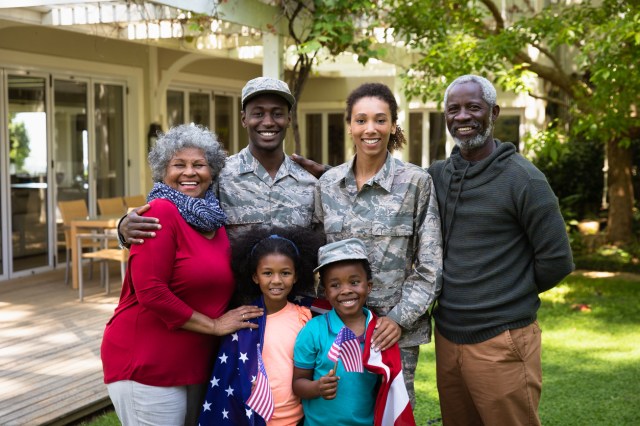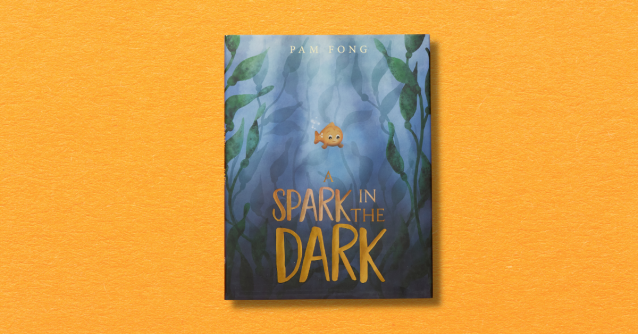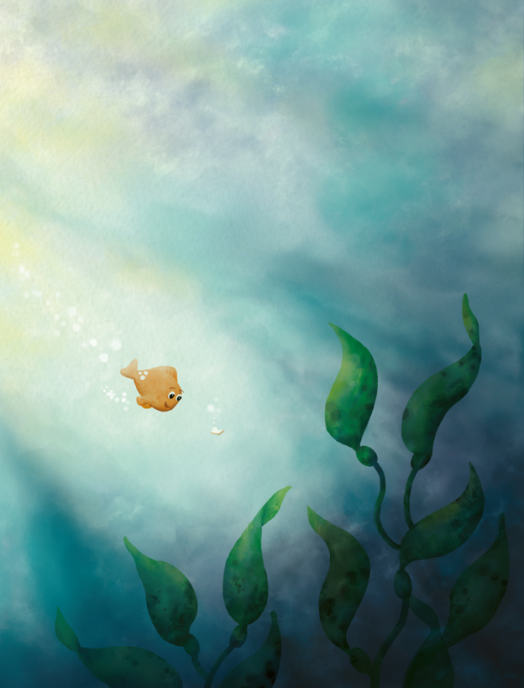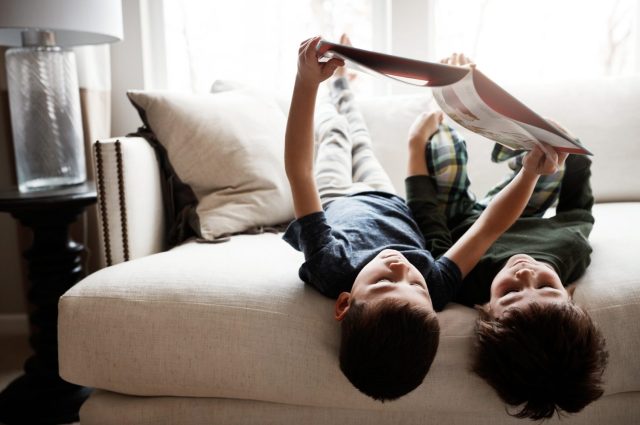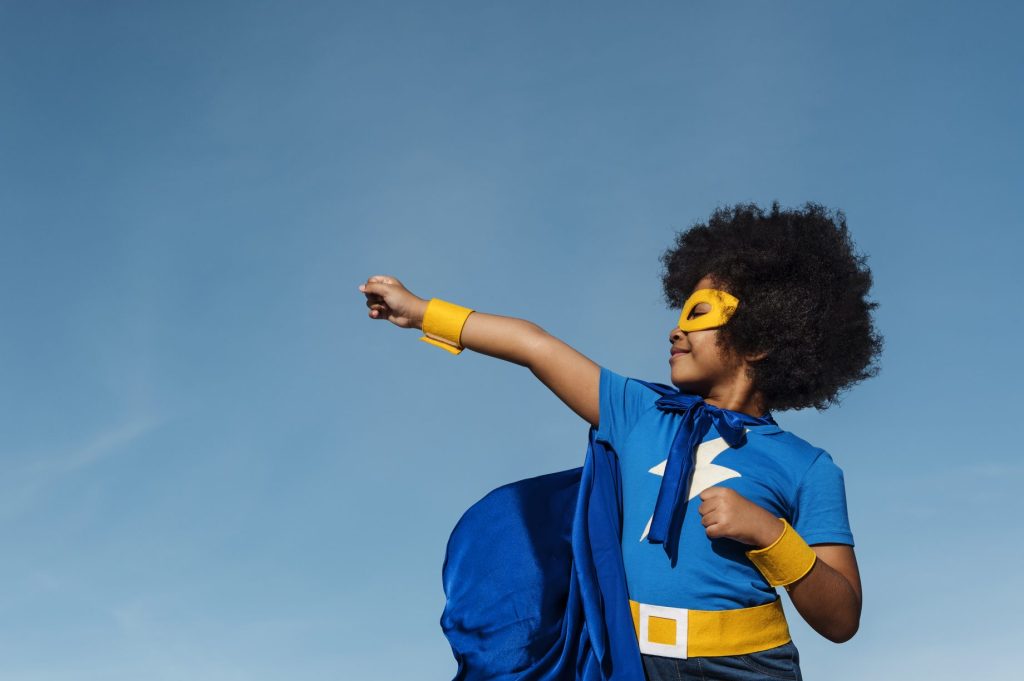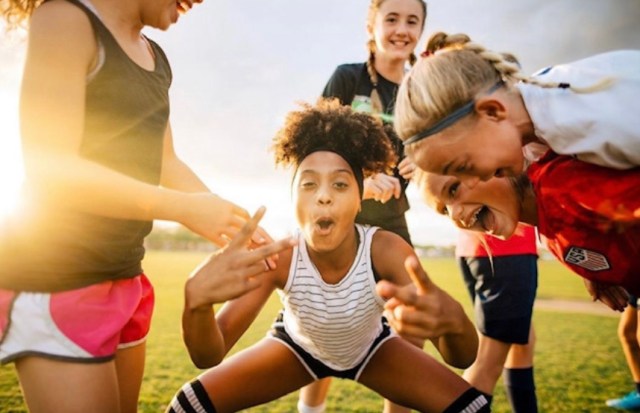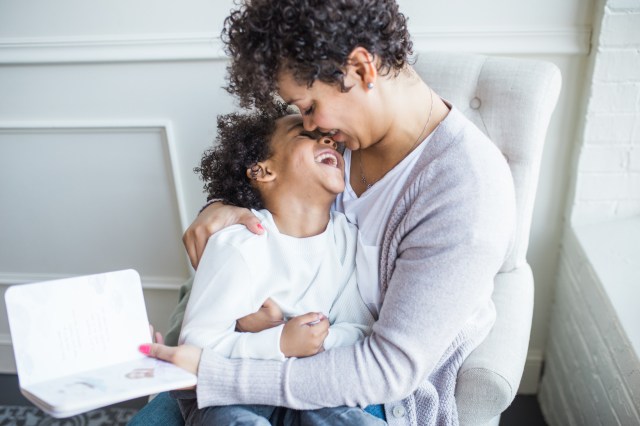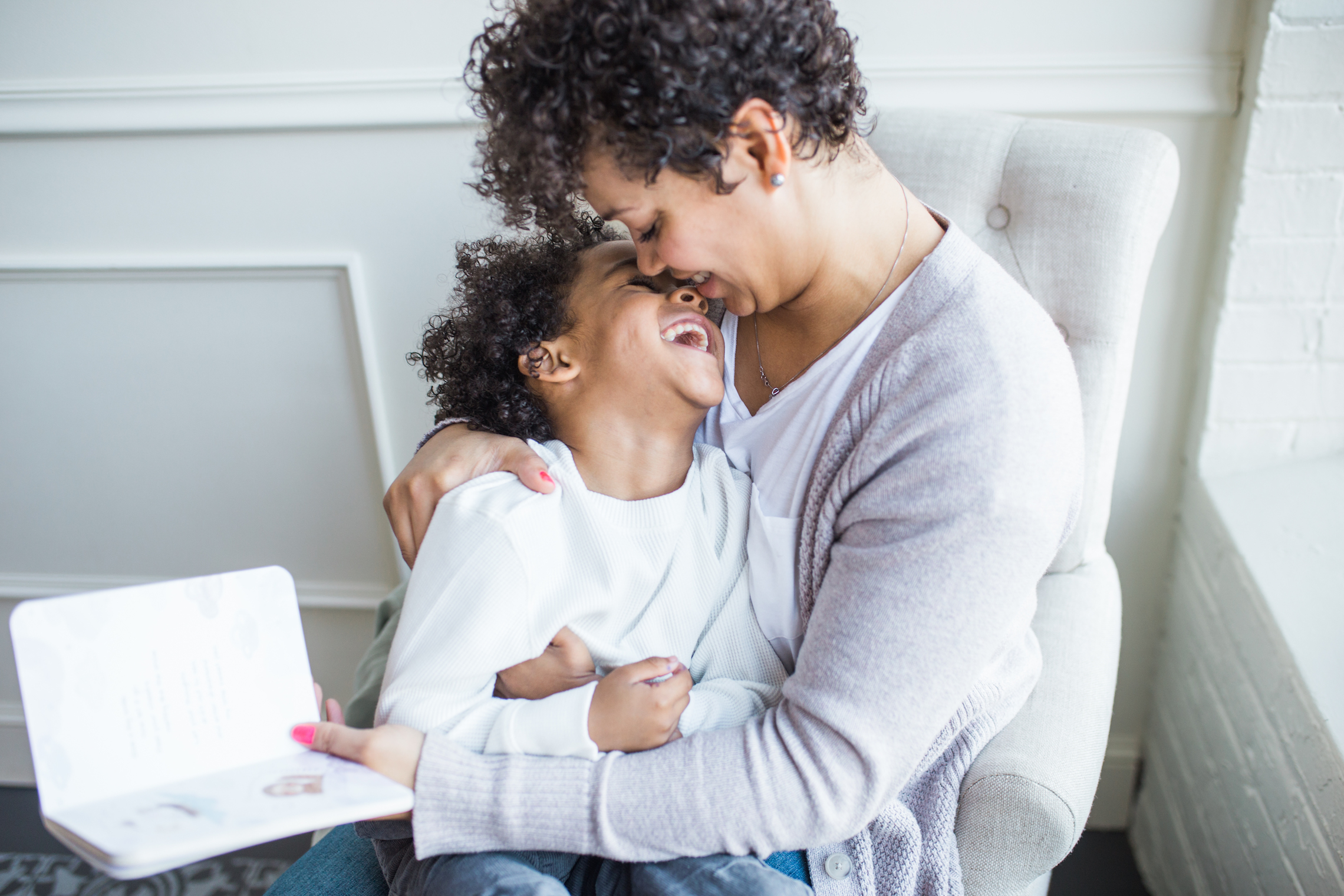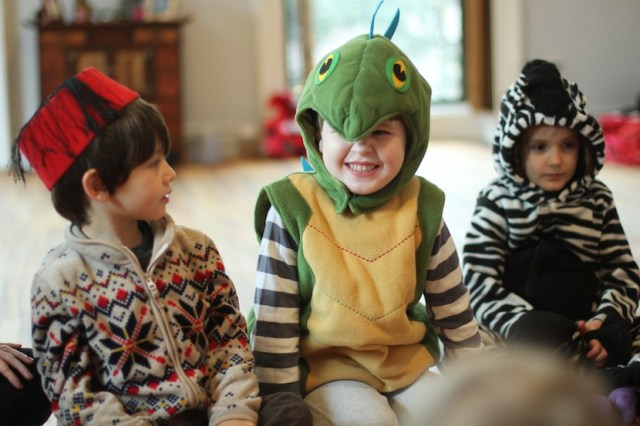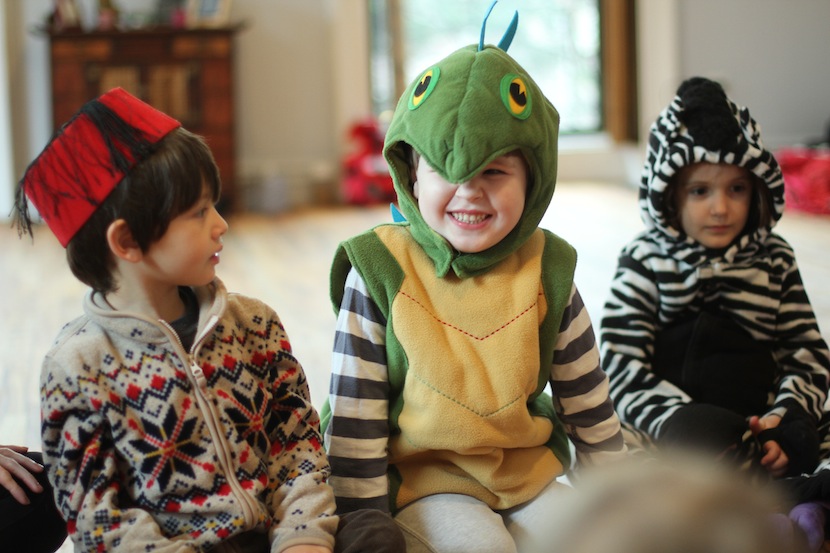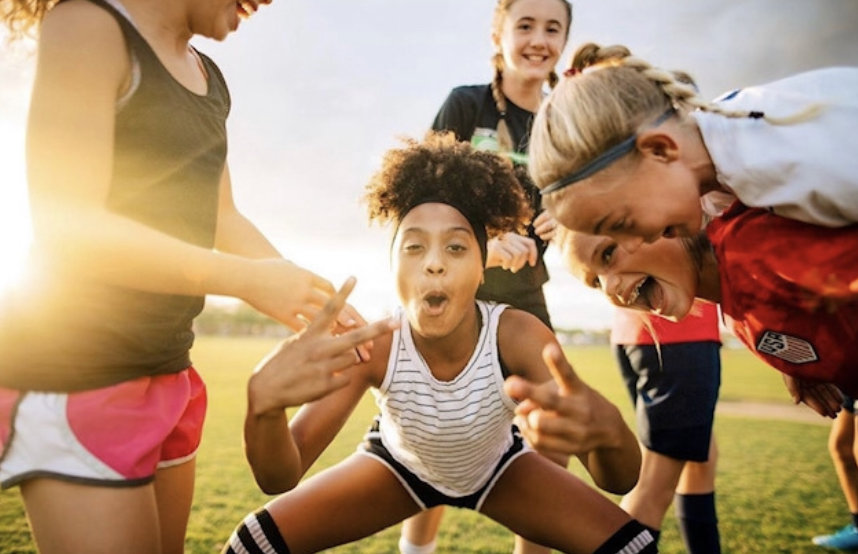
Is your daughter (or the growing girl in your life)…1. NEVER confident? 2. SOMETIMES confident? or 3. ALWAYS confident?
If you are like most parents, teachers, and girl champions today, you will likely see that she is wavering between numbers 1 and 2, unlikely to be anywhere near number 3. I am so curious why girls seem to be confident until around age 8 or 9. Then, their confidence wanes, enormously. What happens? Where does this confidence go? And, most importantly, how do we work together to build and boost her self-confidence?
What Is Confidence?
Put simply, confidence is feeling strong and secure in yourself and your abilities and knowing you are capable of developing even more of your skills and talents to become even more confident. Why does confidence matter? Confident girls feel more happy and healthy. They are much more willing to take risks and show their bravery and adapt to changes. The most confident girls I know don’t spend a lot of time on their devices, they are engaged and involved in many different activities, and they don’t seem to care about what others think of them. Refreshing but rare.
Why Does a Girl Seem to “Lose” Her Confidence as She Grows?
Girls seem to lose their confidence in a “perfect storm” of changes as they grow. They begin to have an awareness of how they compare to their peers and they start to evaluate (am I taller, smaller, smarter, less smart, as popular, not as popular, prettier or less pretty than so and so?). At the same time, their bodies start to change (at different rates, of course), their thinking becomes more shaped by their perception of how others seem them, and they are sensitive to what others think of them. Since they also need to gain peer acceptance (and fear judgment, criticism, and, ultimately, rejection) they change themselves to fit in. So, it’s no wonder they hold back and shy away from bravery, morph themselves into who others want them to be, and diminish their uniqueness. And, at the very seem time, they have 24/7 access to something called social media—perfected and polished images for them to see and though they love their phones, they do not realize how this is damaging their self-confidence and feelings of “not good enough.”
Do you see how it is no wonder her confidence diminishes?
How Do We Work Together to Build & Boost Her Confidence?
Here are my top 6 tips to help you get started:
1. Be a positive power of example to her: you can tell her to “be confident” but more helpful, you will have to show her how it’s done —with your words—how you speak to yourself and also to others (and about others), with your body language—posture is everything, and with your actions, challenging yourself to speak up when you have been wronged and taking chances that may make you feel uncomfortable.
2. Together, find examples of confidence in the girls she may be following online or watching on Netflix: talk about why they seem confident and if she is willing to try to emulate these girls in any way. What about Malala Yousafsai, Zendaya, Greta Thunberg, or any of the girls from the Babysitter’s Club Netflix series? Help her find and follow girls who are taking big steps, breaking glass ceilings, speaking up and out, making a difference, and shaping our world.
3. Practice how she speaks: words are EVERYTHING. First, to herself. Instead of, “I am just not good at reading”, ask her to try, “I am working hard on my reading skills and improving every day.” Then, with others. Instead of “I kind of think I might want to try a new restaurant for dinner”, ask her to say, “I would like to try a new restaurant” —clear and concise!
4. Work on her body language: essentially, this can help her feel more confident from the inside out but it also can show others she believes in herself. Body language includes: standing tall, chin out, shoulders back, and good eye contact. Practice makes progress (especially when it comes to muscle memory).
5. Finally, work on her skillset: I promise you, the more competent she feels the more confident she can feel too. To start, ask her what skills and talents she already has (girls tend to discount and discredit the work they have already achieved) from being a good friend, creating videos on Tik Tok, or being your sous chef. Then, ask her what skills she wants to develop—come up with a broad and expansive list that could include: learning to bake or cook; adventuring with hiking, biking, or swimming; starting a group for a fundraiser for the food bank or an environmental club. After all, we want our girls to be “all-rounders.”
6. Teach her to be brave: taking risks—whether this is making a new friend, ordering for herself at Starbucks, or trying new activities is never easy—and you may need to do this in tandem. Break new skills into small acts of micro-bravery. Remind her that skill development takes time and practice but she has done it before and she can do it again! Finally, teach her that failure is a good thing; it is an opportunity to try again, to improve, and to grow even more. I can’t tell you how critical it is that we build and boost her confidence—not just today, but every day! In the words of the Dalai Lama, “With realization of one’s own potential and self-confidence in one’s ability, one can build a better world.”
Lindsay Sealey, MA Ed. is an educator, speaker, consultant, and author of Growing Strong Girls: Practical Tools to Cultivate Connection in the Preteen Years and Rooted, Resilient, and Ready now available on Amazon and Audible. She is the founder and CEO of Bold New Girls and Brave New Boys.
I am a girl advocate and girls champion; the founder of Bold New Girls and Brave New Boys teaching and coaching for girls, boys, and their parents. As well, I am the author Growing Strong Girls and Rooted, Resilient, and Ready (available on Amazon and Audible). I am an international speaker and an instructor with Udemy.


